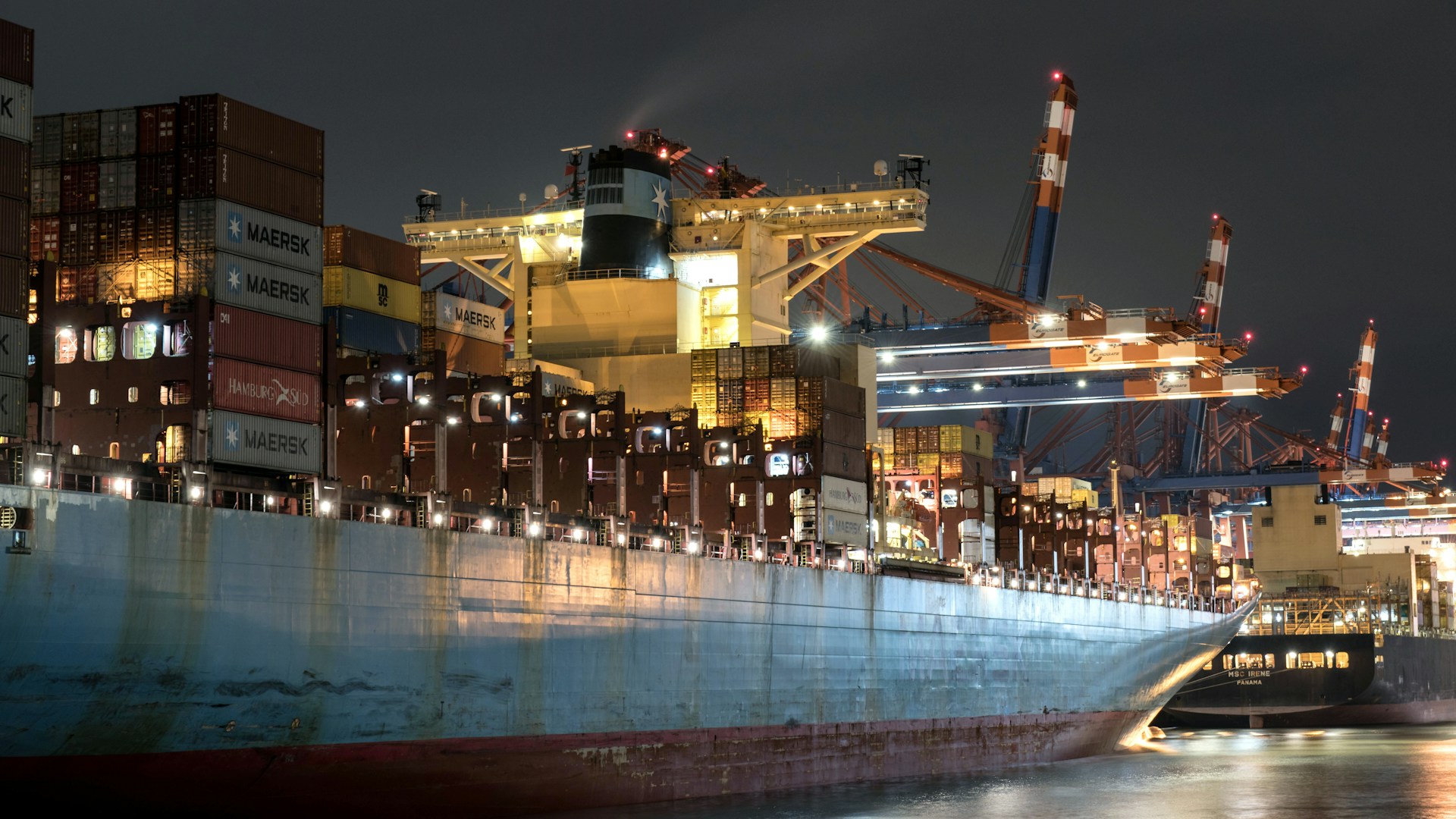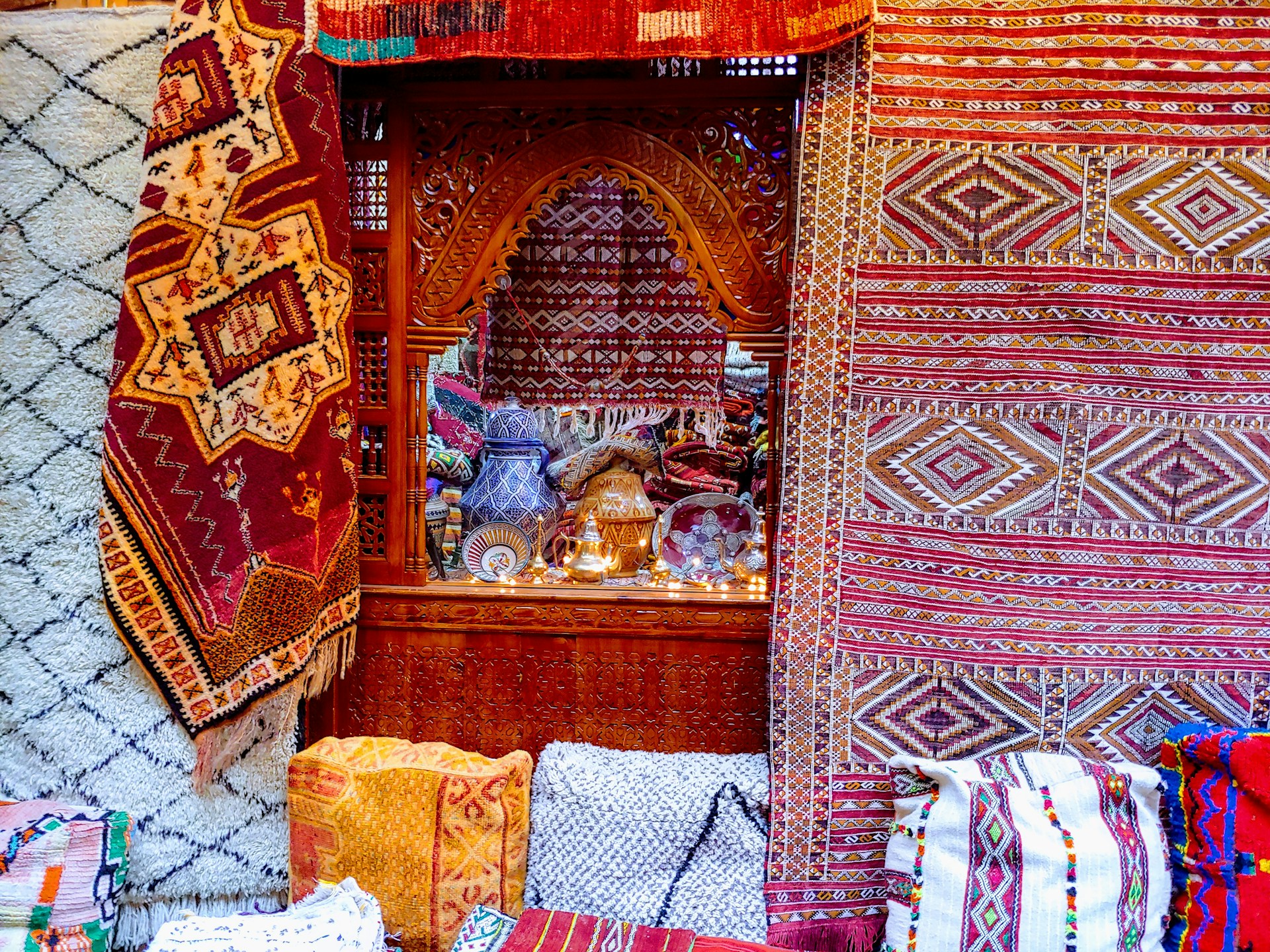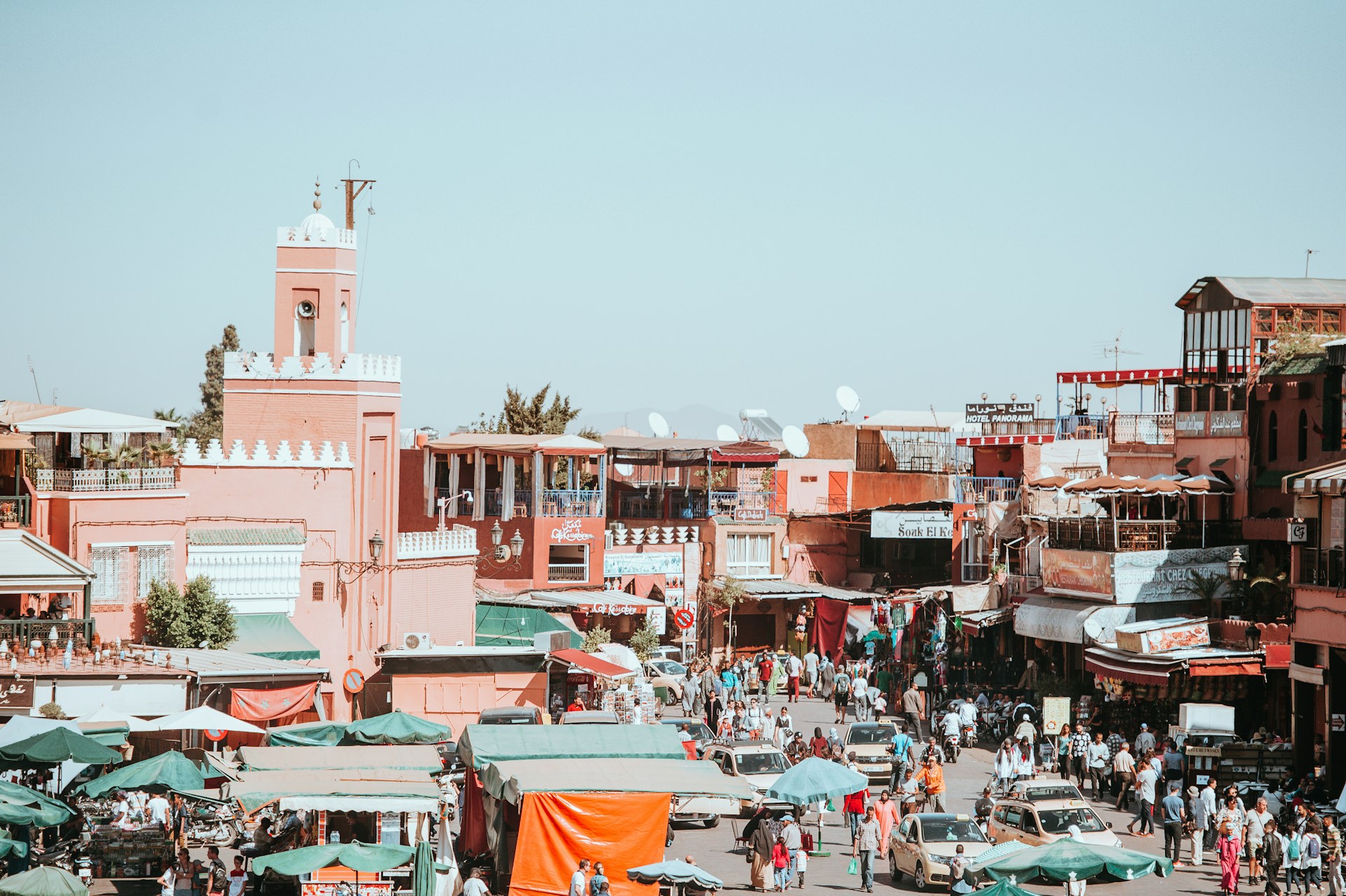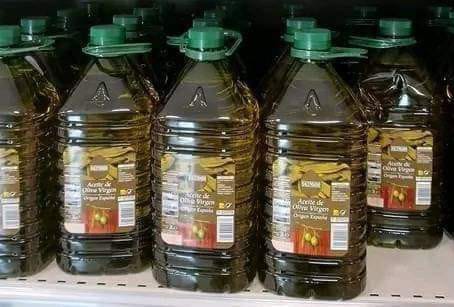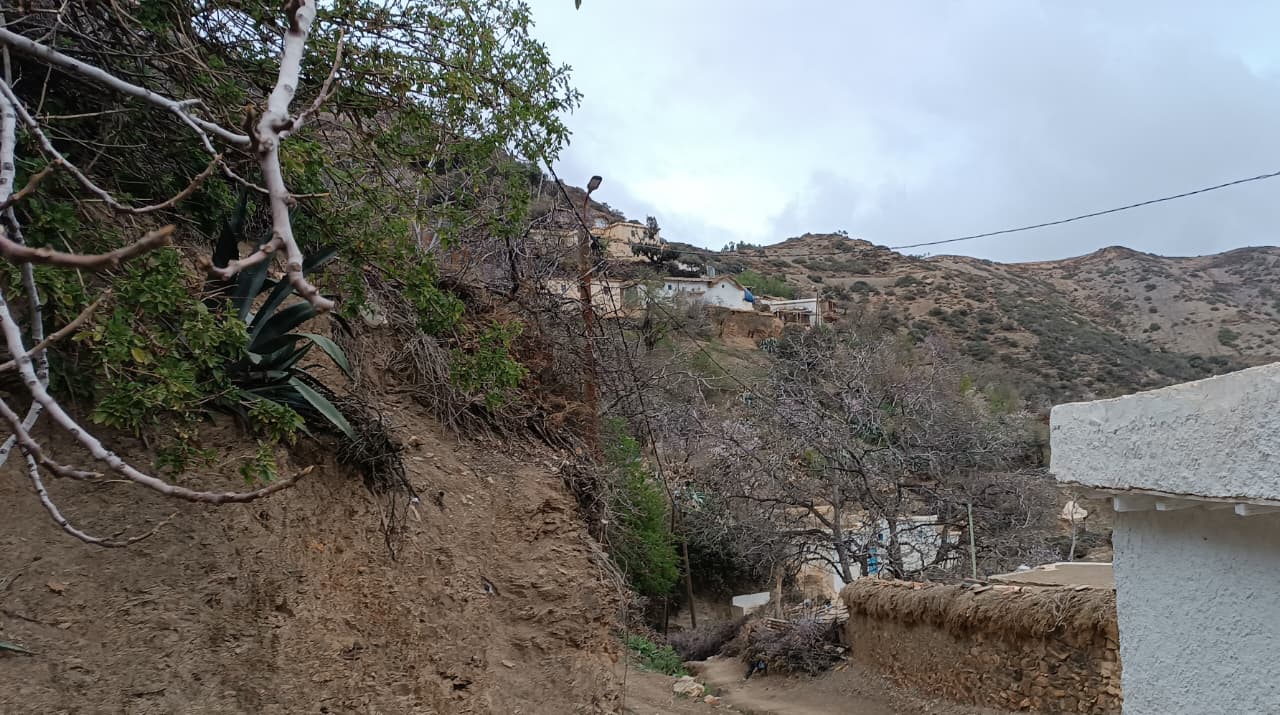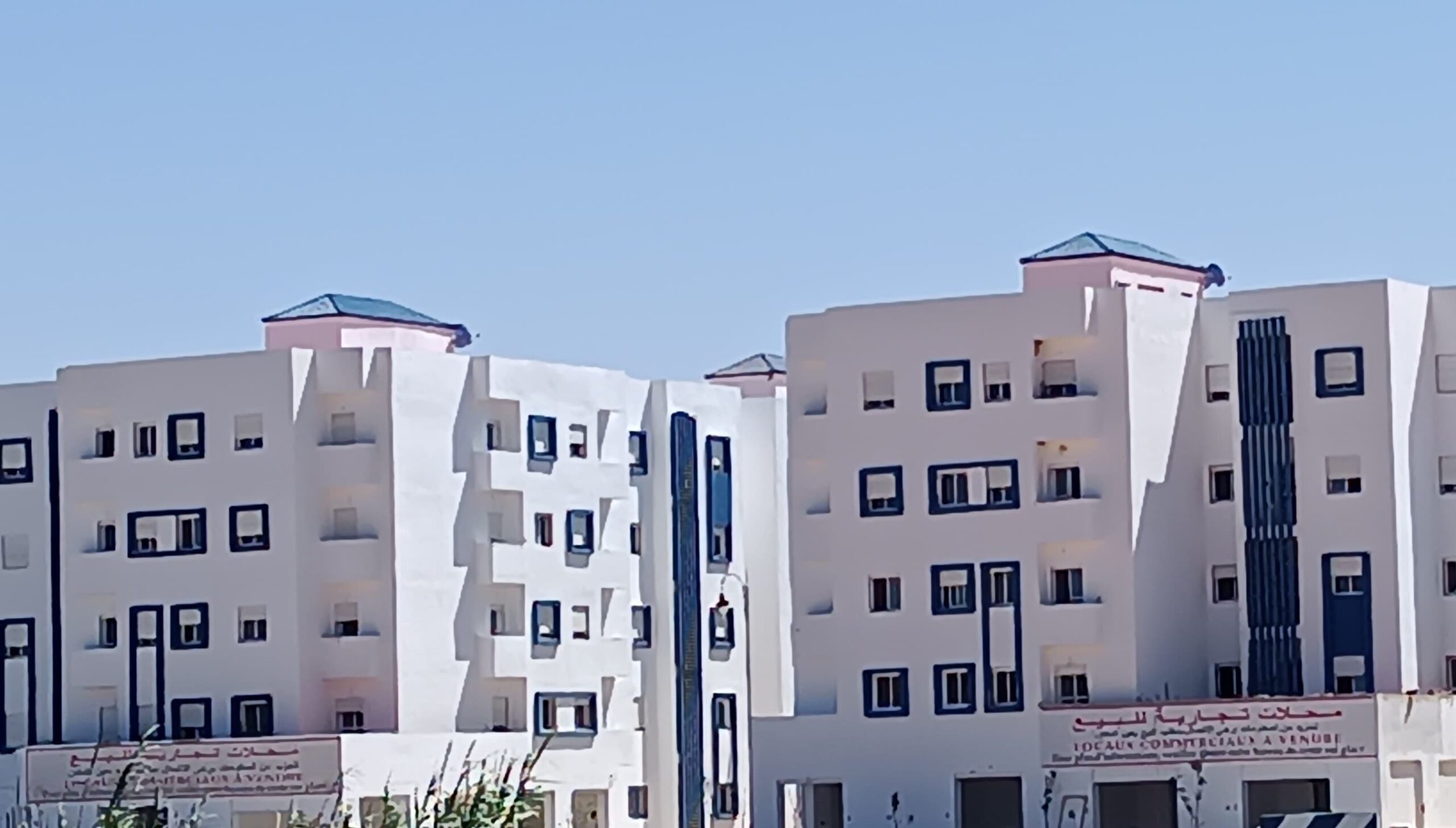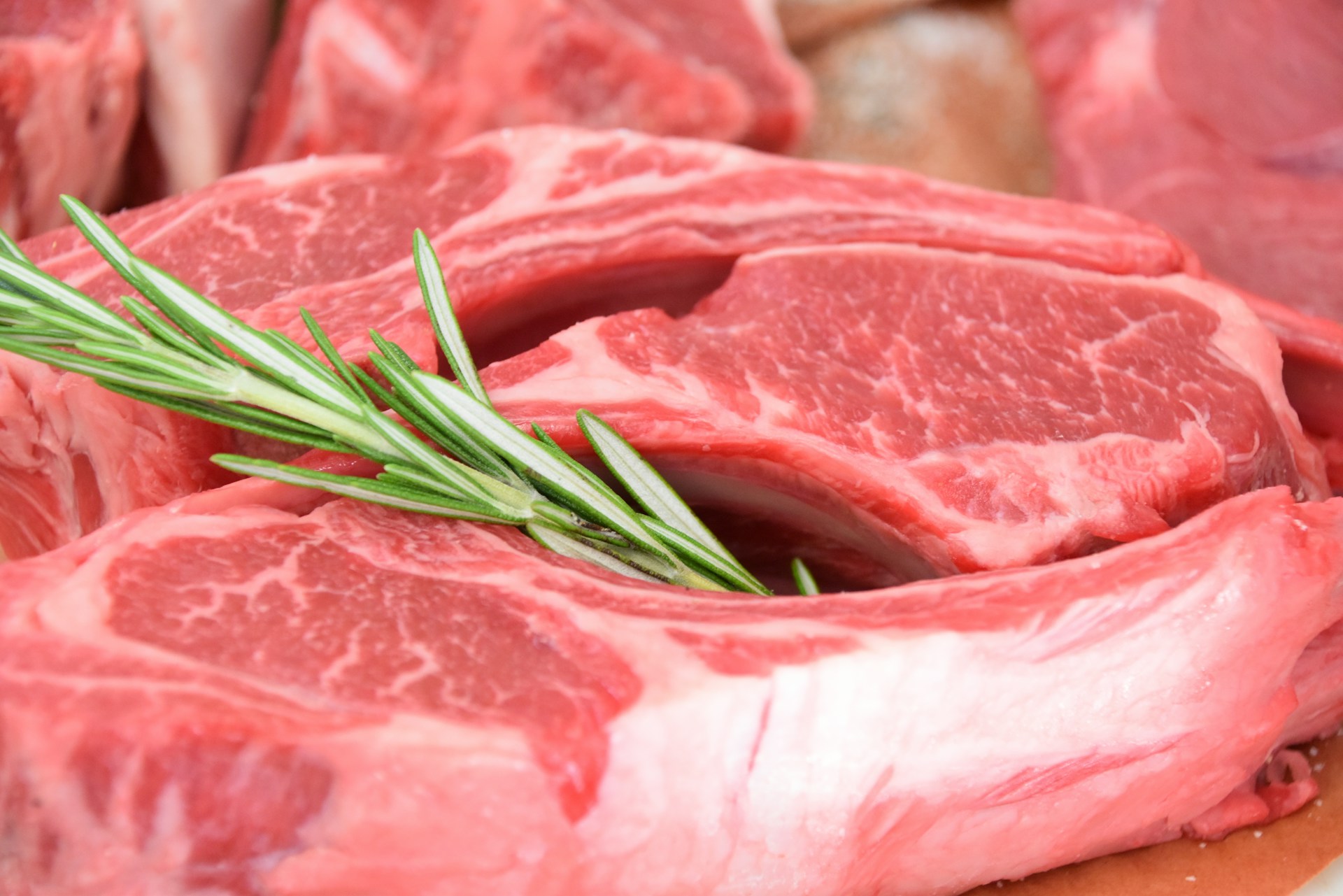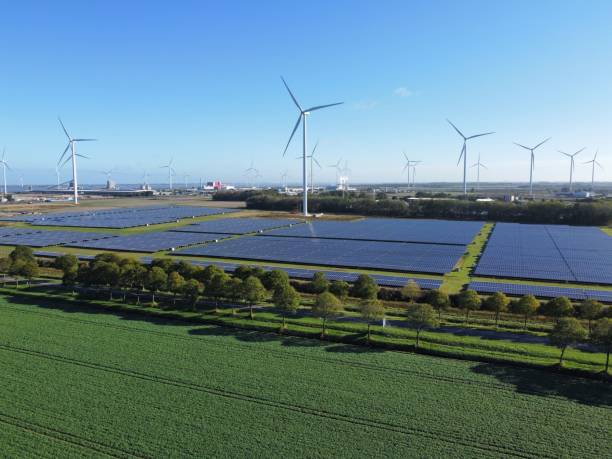Casablanca – This year, Morocco’s agricultural sector faces significant challenges due to persistent drought conditions. The ongoing lack of sufficient rainfall has heavily impacted the grain harvest, leading to lower production levels and a greater dependency on imported grains to meet domestic demand.
In the current agricultural season, Morocco expects grain production to range between 30 and 33 million quintals, as stated by the Minister of Agriculture, Mohamed Sadiki. This figure is a significant drop from last year’s production of 55 million quintals and highlights a recurring struggle similar to the one faced in 2022 when production was at a similar low of 33 million quintals. The reduced yield can be attributed to both the drought and a reduction in cultivated areas by 2.6 million hectares.
The adverse weather conditions have not only affected Morocco but also major grain-producing countries such as Russia, France, and Brazil, leading to a global ripple effect. The head of the National Federation of Mills in Morocco pointed out that climatic disruptions in these countries have caused increases in the prices of imported soft wheat, ranging from $2.06 to $3.61 per quintal. These disturbances are expected to impact the global grain supply, reducing production and export levels significantly.
To combat these challenges, the Moroccan government has implemented several measures to ensure market stability and food security. One of the primary strategies involves state intervention to cover the difference between the cost price and the delivery price of imported grains to mills. This effort aims to mitigate the impact of rising international prices on the domestic market.
Furthermore, the government has been proactive in managing stored grain purchases, maintaining them at old prices to cushion consumers and mill owners from the current price hikes. This approach helps stabilize the market temporarily while long-term solutions are sought.
Despite these efforts, the need for grain imports remains substantial. Forecasts suggest that Morocco will need to import over 100 million quintals of grains this year to meet domestic demand. This reliance on imports, while costly, is crucial to ensuring market supply and price stability.
The Minister of Agriculture, Mohamed Sadiki, has emphasized that while the state is doing its part to cover the gaps between import costs and domestic sales, the competitive nature of the milling sector in Morocco also plays a significant role in stabilizing prices. This competition has prevented prices from soaring to levels seen in previous years, such as 2007.
In addition to financial interventions, the government is closely monitoring the yield from cultivated areas that benefited from recent rains in regions like Saïss and Gharb. However, this expected yield is unlikely to make a significant difference, reinforcing the necessity of imports.
The collective efforts of the Moroccan government, combined with strategic market interventions and reliance on international imports, are critical in navigating the challenges posed by the drought. While these measures provide a temporary reprieve, the long-term solution lies in sustainable agricultural practices and enhanced water management to mitigate the impacts of climate change on Morocco’s agricultural sector.




